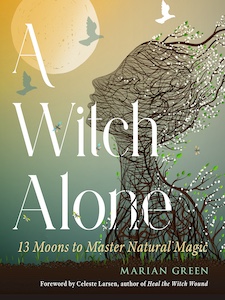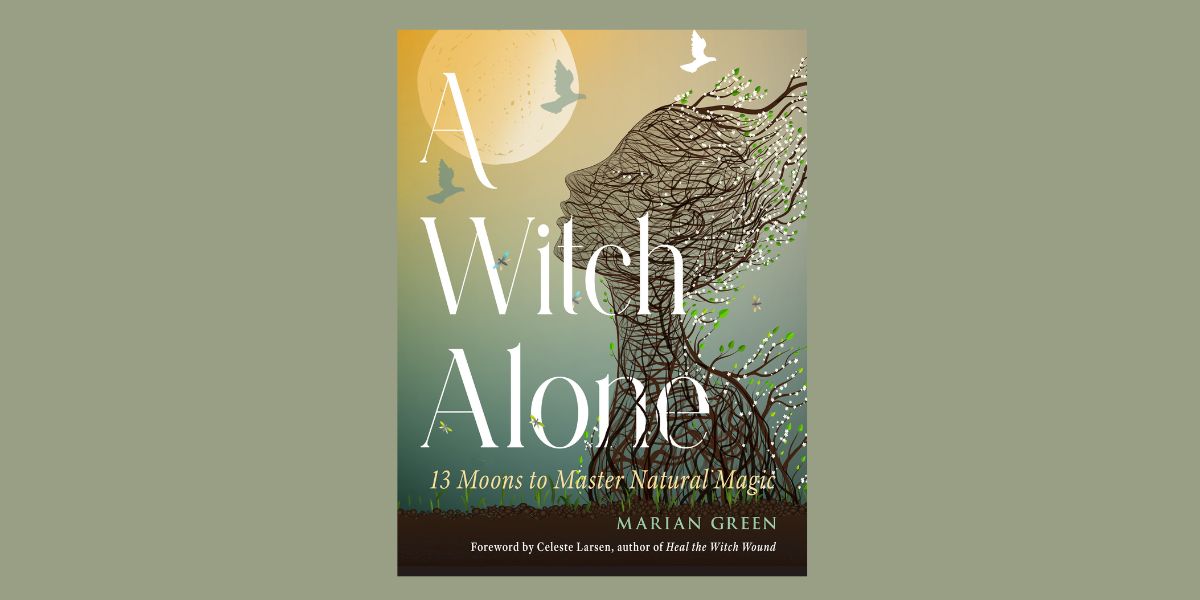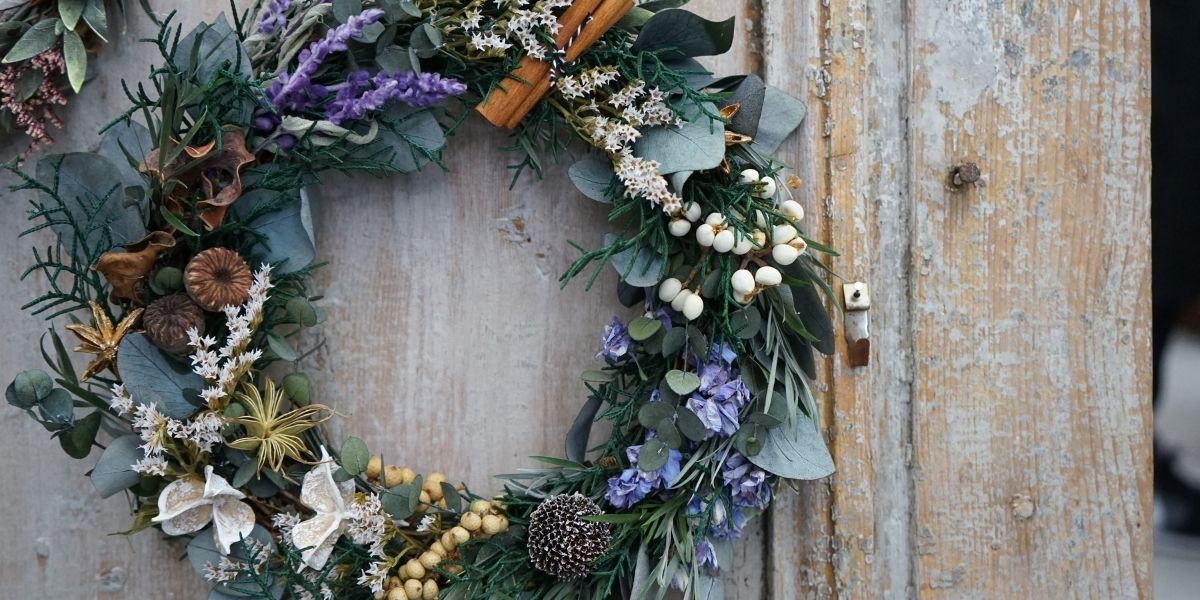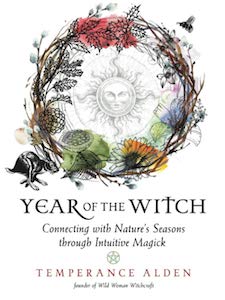
A Witch Alone: 13 Moons to Master Natural Magic, by Marian Green
Weiser Books, 1578638437, 224 pages, February 2025
A Witch Alone: 13 Moons to Master Natural Magic by Marian Green is an illuminating guide for those interested in exploring the path of solitary witchcraft. Known for her expertise in traditional witchcraft, Green offers readers an insightful look into the path of witchcraft, teaching readers how to build their own sustainable practice moon by moon. For those who may not have access to a coven or prefer a more personalized spiritual journey, Green offers her insights as an elder, passing down the wisdom she’s learned over the years to a new generation of witches.
“This is not an easy path to follow, nor is it for all. Those who set out upon the hidden ways need to desire that secret knowledge, long for it in their hearts, yearn for it in their souls, and be willing, in turn, to offer continuing personal dedication, commitment and love.”1
Upon reading the introduction to this book, I appreciated how Green doesn’t make light of the “Old Ways”. Unlike many modern books, which can teach you how to do spells or commune with nature within hours, this book lacked any superficiality; Green truly has written those for those ready to follow a deeper calling to the pagan path and make the commitment for a full year. While her gravity might come across as stern at points, I felt reassured that her guidance came from the best of intentions to prepare the initiate fully for what’s to come as they advance their magical capabilities and deepen their practice of witchcraft.
The book is divided into thirteen chapters, each corresponding to a lunar cycle within the year, perfect for those seeking to engage with the natural cycles of the seasons. The focus is on the Old Ways, and Green often refers to Druid and Celtic roots too. This is not “pop” witchcraft, quite the opposite in fact. Readers are slowly taken on the journey of discovering the Great Goddess and her Son/Consort in their many forms.
Each chapter delves into different aspects of traditional witchcraft that illuminates the sacred stories, practices, and traditions. Topics include cycles of the year, journeying to the Otherworld, healing arts, divination, moon and solar magic, working with plants, and more. Green sets a nice pace for readers, allowing them to delve into one aspect at a time with dedication and focus, slowly building with each lunar cycle to create a comprehensive curriculum.
At the end of each chapter, there’s recommend exercises to focus on. Green suggests things like getting to know your local traditions, meditations and visualizations, crafts, and working with sacred tools. She recommends creating a Book of Illuminations to keep track of one’s revelations and insights as they move through the year and put into practice the knowledge acquired. She also often recommends other books to read for more information.
One of the key themes in A Witch Alone is the deep connection with nature. Green emphasizes the importance of observing and understanding the natural world as a source of wisdom and inspiration. She encourages readers to spend time outdoors, engage with the elements, and develop a personal relationship with your natural surroundings, writing:
“Your first acts of magic, if you are one of the rare folk who actually do want to align themselves with the traditional arts and reawaken the creative powers of the Old Religion within themselves, will be to get out of doors as much as you can.”2
One of my favorite aspects of this book is Green’s focus on the reader experiencing personal growth and self-discovery. She encourages readers to trust their intuition, which is of the utmost importance for a solo witch to rely on. Green does a wonderful job of teaching the foundations of witchcraft while also giving the reader room to explore their own inner landscapes, building their own connection with nature and learning to interpret and feel into the symbolism, cycles, and energies of the world.
The toughest part for me in reading this book is not skipping ahead! I find Green’s writing to be so illuminating that I want to keep going, rushing through the book to absorb all her insights. But cultivating the discipline to move one chapter at a time, beginning the next chapter the day after the new moon, has helped me to really absorb the material. I think in the course of a year, the integration of moving at a slow and steady pace will really pay off. I also find this method useful since life can get busy, so having a specific focus I can concentrate on 15-30 minutes a day helps me to be more consistent in my practice.
Overall, A Witch Alone is a valuable resource for anyone interested in exploring witchcraft on their own terms. Whether you are a beginner or an experienced practitioner, Green offers a wealth of knowledge and inspiration, guides readers in developing their magical abilities and personal spirituality. Her witchcraft experience and practical advice make this book a trusted companion on the journey of solitary witchcraft. Making the year-long commitment to follow this step-by-step process is sure to deepen and enrich one’s journey. Readers will overcome many of the challenges of a solitary practice and discover how to tailor Green’s wisdom to their own practice.
Alanna Kali is an astrologer, numerologist, and pioneer spirit that loves to explore life through the lens of depth psychology. She has a passion for studying the humanities and social trends. Her academic work is centered upon reuniting body, mind, and spirit through eco-psychology. She loves reading, spending time in nature, and travel.











